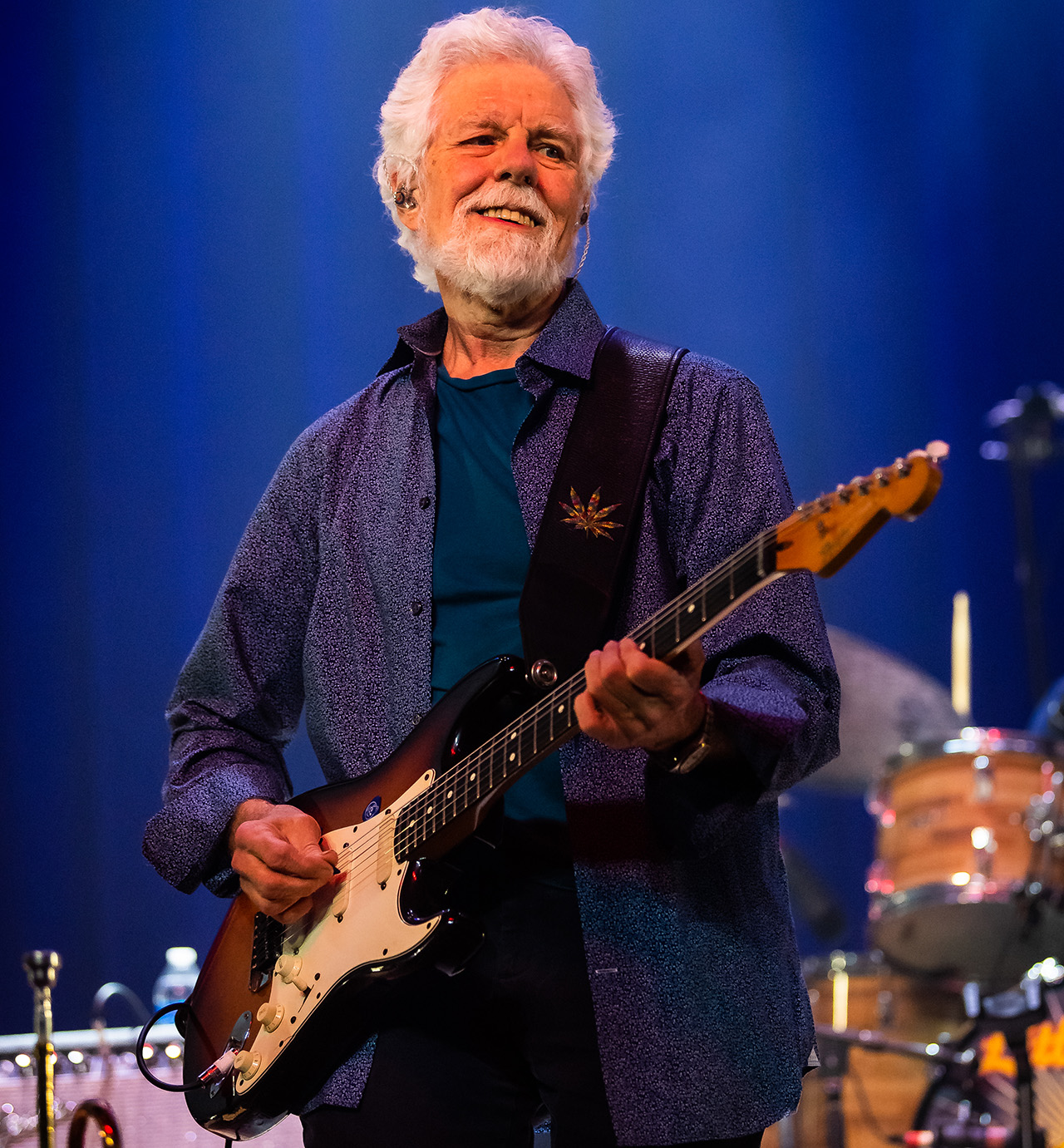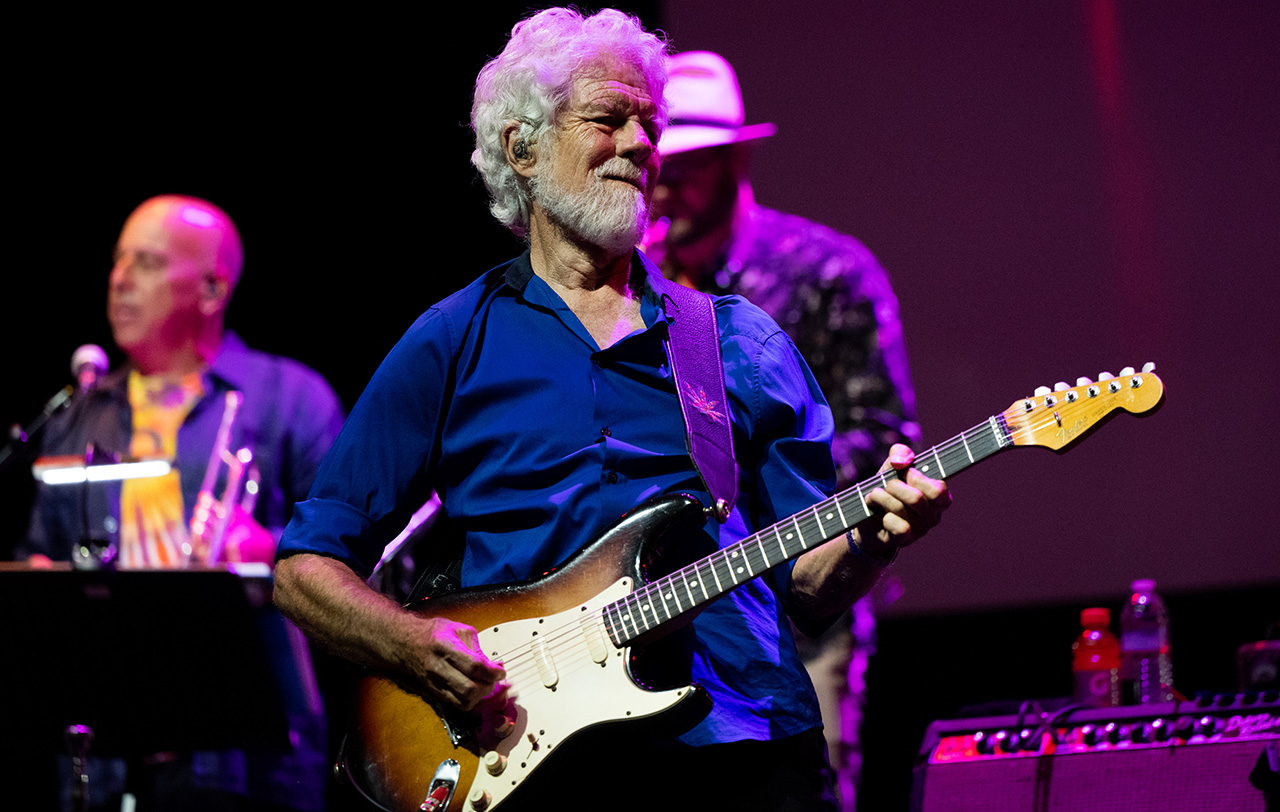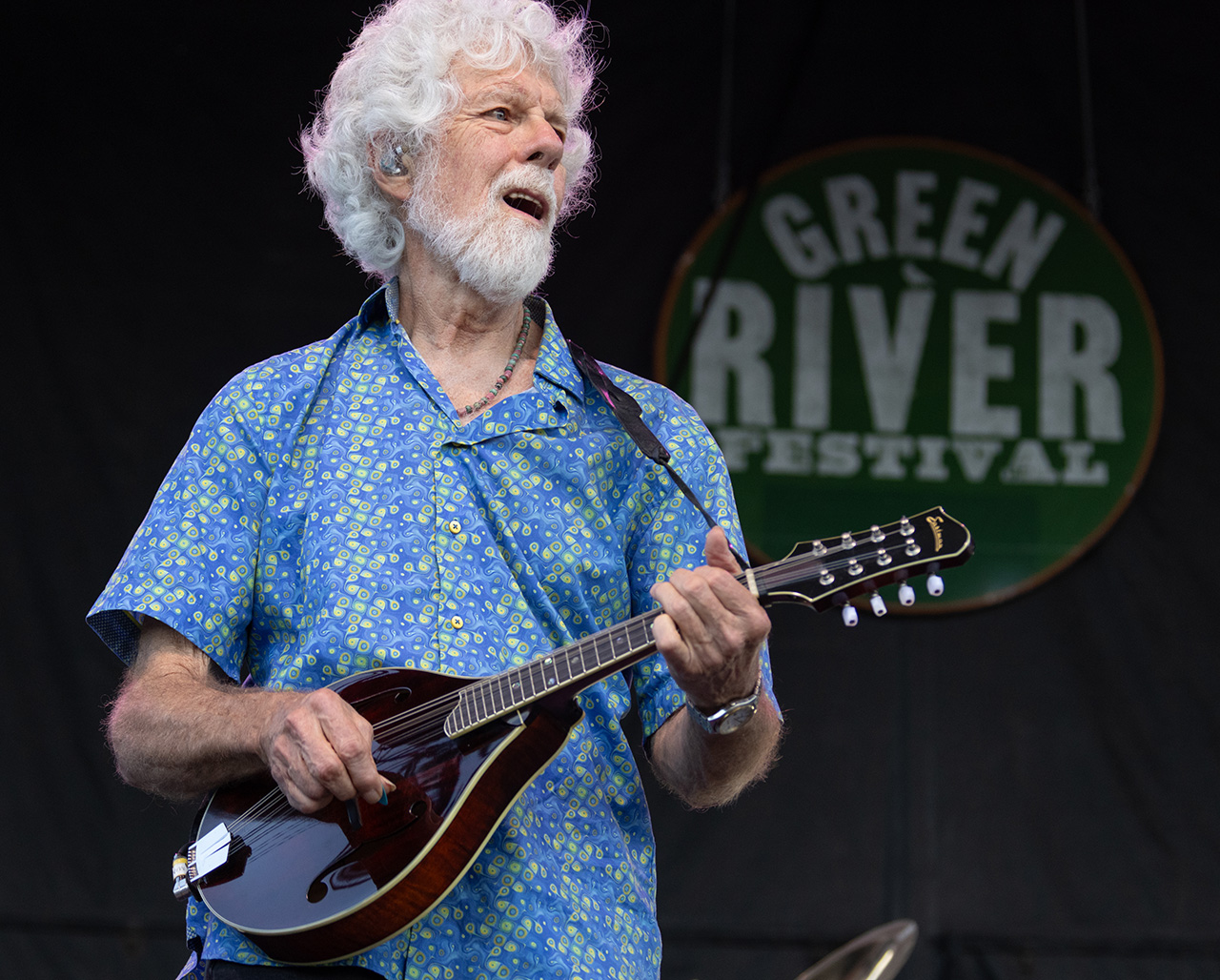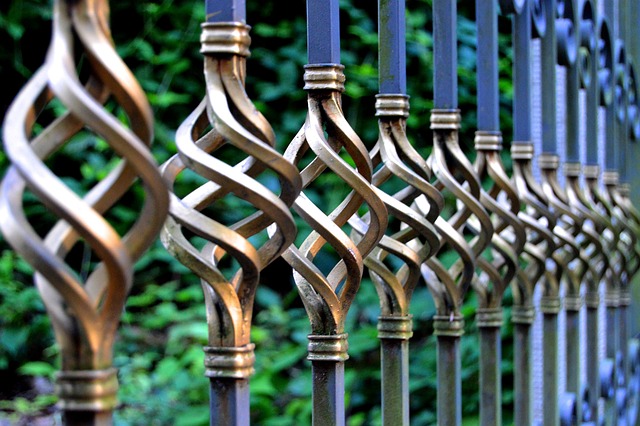
Fred Tackett has played guitar on albums by Jackson Brown, Bob Dylan, Tom Waits, and Fleetwood Mac – but his inspiration is hardly mired in classic rock.
“I think of what a funky saxophone player would play,” he tells Guitar World. “It always just kills me.”
Still, he learned a lot from his late friend Lowell George. “He was an immaculate artist,” Tackett says. “He would come with these gorgeous, simple melodies. One of the biggest aspects of his playing that I liked is his melodic sense.”
George passed away in 1979, bringing an end to his band, Little Feat. But Tackett has held down the guitar-related fort in a new incarnation since 1988. Beside him is Scott Sharrard, who Tackett feels is one hell of a player too.
“His slide playing is beautiful and immaculate. I’ve gotten more comfortable to throw a couple extra licks in now and then. And Scott can just rip off the blues.”
He continues: “I spent my whole life as a guitarist in studios, playing whatever kind of music. I didn’t concentrate on playing the blues. There’s a difference in our playing, but Scott can play any kind of style. I’ve picked up a lot from just listening to him – we meld together as a unit very easily.”
What was it like coming up as a young session player?
“The fact that I was able to work on the Los Angeles studio scene for a good 10 years taught me how to make up parts on the spot. So when I started playing live I understood you don’t just strum on the guitar, you actually play a part – even if you’ve never heard the song before.
“The skill that I developed, for hearing a demo then going in to play, was thinking up a part that’s not going to get in the way of other people’s parts.”

What was your greatest inspiration as a player?
“I was a trumpet major in college and I’m enthused by saxophones. Every time I play a guitar solo, I play something like Junior Walker would play on a tenor sax instead of what Jimi Hendrix would play on guitar.”
Was your friendship with Lowell George your way into Little Feat?
“Yes. Lowell was one of my best friends – he actually lived in my house on several occasions. When I first came to Los Angeles, my girlfriend, who’s now my wife, lived next door to Lowell, and he was studying Ravi Shankar.
“So she brought him over; I came downstairs and Lowell was sitting in the middle of the living room floor, all dressed in white, playing the sitar. I was like, ‘Hey, man, we can tune that thing up and play some psychedelic music.’ He was like, ‘Oh, no, I only play sacred Indian music!’ I was like, ‘Oh, okay, cool…’”
How did you end up playing on some of Little Feat’s records in the early ‘70s?
“Lowell was a good friend way before he thought about putting Little Feat together. At one point, he joined the Mothers of Invention and was trying to talk us all into being hippies; and at that point, he started putting the band together with Billy Payne.

“Gradually, they had the first incarnation of the band. I didn’t play on anything then, but when I had written Fool Yourself, Lowell said, ‘I’ll take that one,’ and he put it on the Dixie Chicken album. That was my first time playing with the band.”
In 1976 you played on Jackson Brown’s The Pretender album. What was that like?
“I used a Princeton Fender amp and a 1963 Stratocaster pretty much straight in, with probably a little delay. There’s a lick on the song The Pretender. One time when I was going to sit in with Jackson, he said, ‘Do you remember the lick on The Pretender?’ I went, ‘No, I don’t have any idea what I played.’
Tom Waits would say, ‘Play your guitar with a car key.’ He was always coming up with ideas; it was very inspiring
“He said, ‘That’s funny – I make all the guitar players copy it.’ I went back and listened to it, and it’s like Duane Eddy. I was always a big fan of Duane Eddy and all those guys. So, yeah, Duane Eddy was a big inspiration behind my playing on The Pretender.”
You worked with Bob Dylan in the early ‘80s. Was he very particular about how you approached your parts?
“No – Bob is a great, great guy to work for, man. He would say something to me like, ‘Play more like Albert King and less like Albert Einstein!’ I had a tendency to play a lot of notes – I’d get nervous about spaces, which I’m better at now. But back when I was playing with Bob, I’d want to fill everything up. He’d say, ‘What’s the least amount of notes you can play?’
“I said, ‘Well, Bob, I could play one note.’ He goes, ‘Do that.’ So, I just turned to crank the amp up, hit a big chord, and let it feed back and go through the chord changes. He turned around and laughed. I did it for a couple of nights, then he said, ‘Okay, you can play two notes now and then!’
“That was the key to my starting to play better. But Bob wouldn’t tell you what to play – he just gave you hints on style, like, ‘Play a little less,’ or ‘What about a little reverb?’”
Was your experience with Tom Waits, who seems very particular, much different, while recording Swordfishtrombones?
“That was very, very cool because Tom was very experimental. Some of the stuff was really kind of angular, with odd guitar licks that I’d play over and over and over throughout the whole song. He actually had that written out.
“I’d change a note here and there, but basically, I’d do the same note over and over. Tom would say, ‘Play your guitar with a car key.’ He was always coming up with ideas; it was very inspiring.”

What was it like shifting to something less experimental with Bob Seger while recording Like a Rock?
“Bob pretty much had definite ideas of what he wanted you to play. It was pretty simple, and he was into playing, you know, pop music. He was non-experimental. Each person basically played rhythm through and chugged through it.”
What’s your best piece of advice for young session players?
The pedalboard I use, besides having a delay, is just to make things louder
“You need to be comfortable with all styles of guitar playing because you never know what’s going to come up – 90 percent of the time you get a call and it’s just, ‘There’s a date at three o’clock at the studio. Can you make it?’ You show up with your stuff and find out what it is.
“The best advice I ever heard anybody give was, ‘Take your wallet onstage with you!’”
What will your rig consist of for Little Feat’s upcoming live dates?
“It’s relatively simple – I have a 1961 Fender Deluxe amp that I’ve been playing for many, many years. It belonged to my son, but he ended up trading it for the Princeton Reverb I’d used in the studio for years.
Little Feat – Too High To Cut My Hair (Official Video) – YouTube

Watch On
“Along with the Fender Deluxe, I have a couple of Stratocasters. I’ve had a Stratocaster since I started studio work. And the pedalboard I use, besides having a delay, is just to make things louder!
“One pedal gets it a bit louder and has some grit. One of them is just off the charts, like you don’t want to know. I use them all sometimes – I turn them all on at once, so it’s just a matter of getting louder and louder and more louder!”
Considering you’ll be 80 in August, do you see an expiration date on your career, or will you rock until you drop?
“Hopefully, we won’t drop anytime soon! But yeah, we’re just walking it out, man. We’re taking it one day at a time. I do what the telephone tells me to do. The phone rings and they say, ‘Be at the airport at this time,’ and I go, ‘Cool. I’ll see you there.’ There’s no plans at the moment to do anything except keep rocking.”
- Little Feat will release their new album, Strike Up the Band, on May 9 and commence a tour four days earlier.



